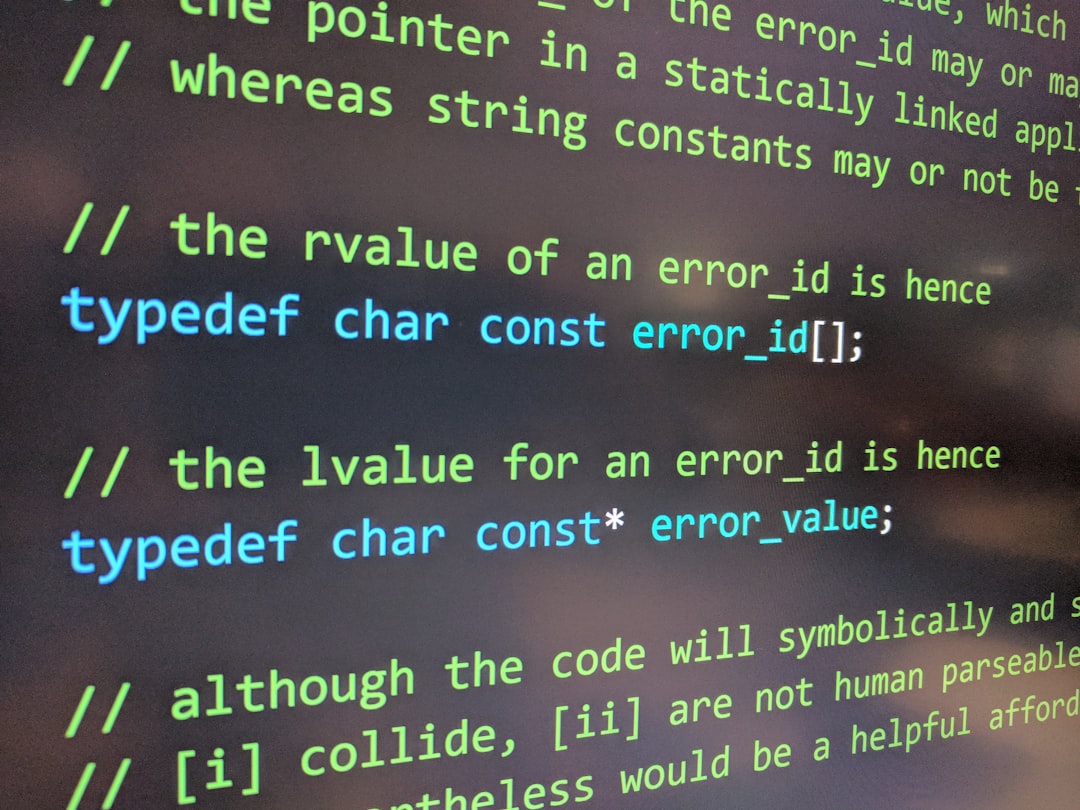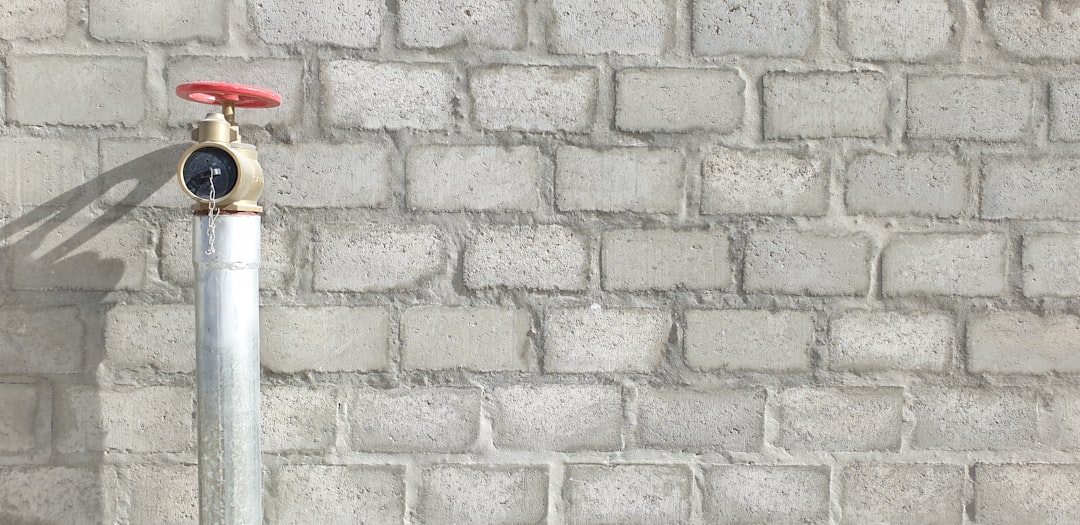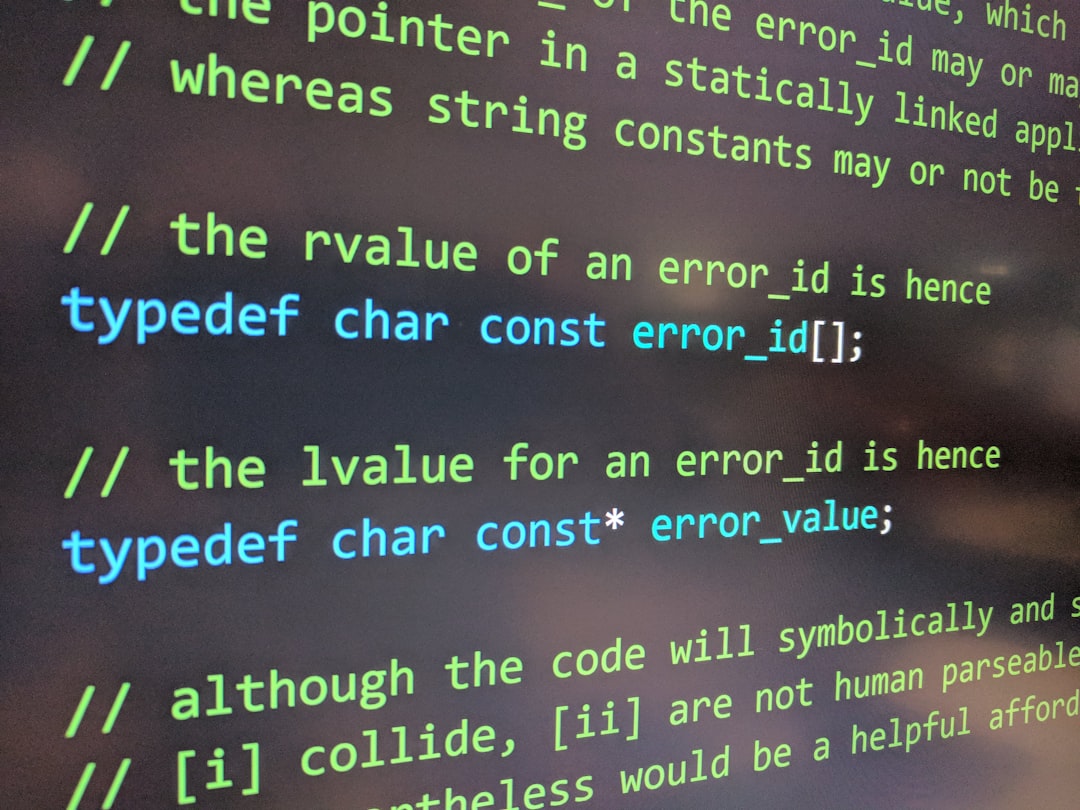In the fast-paced world of web applications, delivering content quickly and efficiently is paramount to ensuring a great user experience. One of the key strategies for achieving high performance while maintaining up-to-date content is caching. Among the various caching techniques available today, Stale-While-Revalidate (SWR) has emerged as a powerful solution for optimizing both speed and freshness in content delivery.
SWR is a cache control directive used primarily in HTTP caching and has gained significant traction among developers looking to serve content instantly while still keeping it current in the background. This article explores how SWR works in practice, its benefits and limitations, and real-world usage patterns that demonstrate its effectiveness.
What is Stale-While-Revalidate?
Stale-While-Revalidate is a directive used in HTTP cache control headers. It allows a cached response to be served immediately, even after it has expired, while simultaneously checking in the background for an updated version of the resource. If an updated version exists, the cache is refreshed for the next request.
This behavior can be represented simply:
- User requests resource.
- The browser or cache server serves the stale content instantly.
- In the background, the system fetches the fresh content.
- Updated content is stored and used in subsequent requests.
This mechanism reduces wait times for users while still ensuring the data doesn’t remain out-of-date for long.

How It Works
SWR relies on two specific HTTP cache control directives:
- max-age=X – Specifies how long (in seconds) the content is considered fresh.
- stale-while-revalidate=Y – Specifies how long (in seconds) stale content can still be served while the new content is being fetched in the background.
These directives are part of the HTTP response, allowing servers to manage how browsers or intermediary caches handle content freshness.
For instance, an HTTP header might look like this:
Cache-Control: max-age=60, stale-while-revalidate=180
This means that the content can be served fresh for 60 seconds. After that, it may be considered stale, but it can still be served for another 180 seconds while a new version is fetched in the background.
Advantages of Stale-While-Revalidate
SWR offers a practical balance between performance and data freshness. Its main advantages include:
- Reduced Latency: Content is served instantly, even if it’s slightly outdated.
- Improved User Experience: Users rarely have to wait for data to load.
- Background Updates: Fresh content is fetched without blocking the user interface.
- Efficient Resource Usage: Reduces the load on servers by limiting unnecessary repeated fetches.
For content that changes relatively infrequently—such as blog posts, product pages, or static articles—SWR is a perfect fit. It ensures users get the latest content soon after changes are made without compromising the speed of delivery.
When to Use SWR
Stale-While-Revalidate is not suitable for every use case. Its effectiveness depends on how critical content freshness is versus delivery speed. Here are some scenarios where it excels:
- News or media websites: Where speed is vital but instant updates are not always critical.
- Product catalogs: Updates may occur occasionally, but the content is mostly static.
- Marketing and landing pages: Performance impacts conversion rates more than slight content staleness.
However, for scenarios like real-time data dashboards or financial applications where accuracy and freshness are critical, SWR may not be ideal. In such cases, you might consider using more aggressive invalidation or push-based update mechanisms.
Stale-While-Revalidate in Modern Tools
Modern frameworks and edge network providers have embraced SWR to enhance content delivery strategies.
Next.js, a popular React framework, includes SWR as a data-fetching library, allowing seamless content revalidation. Similarly, hosting platforms like Vercel and Cloudflare provide built-in support for HTTP caching and SWR configuration for serverless deployments and edge caching.
Service workers, too, can implement SWR logic manually, offering custom caching behavior in Progressive Web Apps (PWAs).

Potential Pitfalls and Considerations
While the benefits of SWR are considerable, there are also potential challenges to watch for:
- Stale Content Risk: There’s always a brief period where users may see outdated data.
- Complex Debugging: Stale content can make it harder to debug freshness-related bugs.
- Over-Fetching: Poorly tuned stale and max-age times may lead to unnecessary background fetching.
- Implementation Variability: Different platforms and CDNs handle cache headers differently.
To mitigate these risks, it’s essential to monitor cache behavior closely and test caching strategies under real-world conditions. Logging when revalidation occurs and having fallback mechanisms in place can help provide a smoother experience.
Best Practices for Implementing SWR
To implement SWR effectively, developers should observe some key best practices:
- Set conservative stale durations: Keep stale-while-revalidate times short if content updates often.
- Use versioning or ETag headers: Help caches identify when content has genuinely changed.
- Leverage modern tools: Use libraries like SWR in Next.js or APIs like CacheStorage in service workers for finer control.
- Test with caching in place: Simulate production environments to ensure expected behavior.
With the right configuration and monitoring, SWR can significantly improve application performance without compromising content accuracy.
Conclusion
Stale-While-Revalidate is a powerful strategy that helps bridge the gap between performance and freshness in content delivery. By serving slightly outdated content instantly and revalidating it in the background, SWR delivers both speed and reliability—goals that are often at odds in traditional caching approaches.
As web experiences continue to evolve, techniques like SWR offer developers a practical solution that aligns with the needs of both users and operators. When implemented thoughtfully, SWR can enhance responsiveness, reduce server load, and keep users happily engaged across a vast range of modern applications.
Frequently Asked Questions
-
What is the difference between stale-while-revalidate and stale-if-error?
Stale-while-revalidate serves stale content while revalidating in the background, whereas stale-if-error serves stale content only if fetching the fresh content fails due to an error. -
Can I use stale-while-revalidate with dynamic content?
It’s best used with semi-static content. For highly dynamic data, consider other approaches like cache invalidation or real-time fetching. -
Is stale-while-revalidate supported by all browsers?
Yes, as long as it is implemented at the server or CDN level. The browser caches understand the directive, but behavior may vary unless properly configured server-side. -
Does stale-while-revalidate work with service workers?
Yes, you can manually implement SWR in service workers for fine-grain control over what and when to revalidate.



